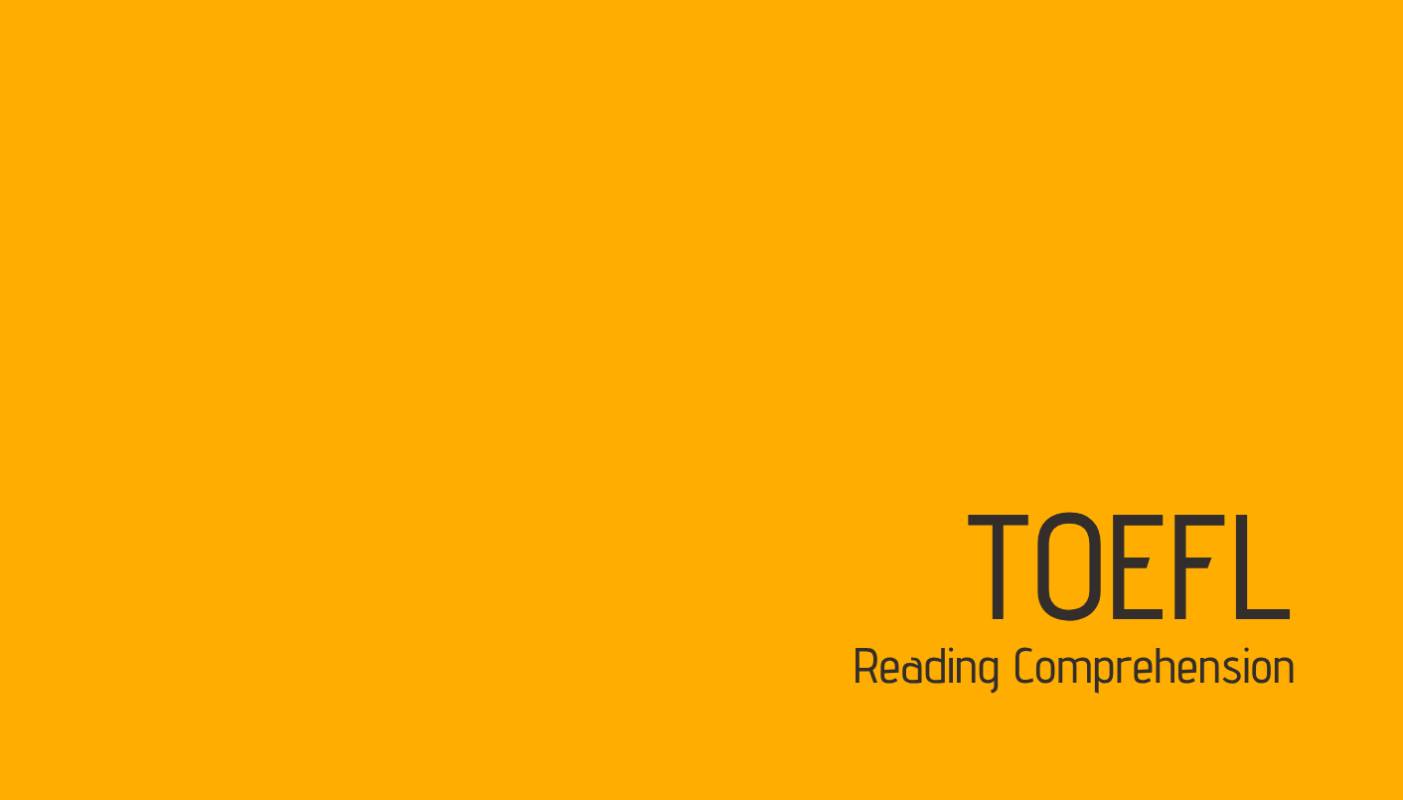Reading Comprehension adalah salah satu dari 3 bentuk tes pada TOEFL ITP. Soal Reading Comprehension terdiri dari 50 soal yang dibagi ke dalam beberapa tesk bacaan.
Tesk Bacaan pada sesi ini terdiri dari sebuah text dengan tema akademik baik itu sains, sosial, sejarah dan sejenisnya. Satu text bacaan biasanya terdiri dari 3 sampai 5 paragraf lalu diikuti dengan 4 sampai 7 soal.
Soal TOEFL Reading
Dalam soal TOEFL Reading Comprehension secara umum ada lima bentuk pertanyaan yang sering diajukan. Pertanyaan tersebut adalah :
- Gagasan Utama
- Padanan atau makna istilah atau kata khusus.
- Letak paragraf atau baris kalimat
- Rujukan atau konteks dari suatu kata pada baris tertentu.
- Konfirmasi pernyataan benar atau salah berdasarkan tesk yang ada.
Contoh Soal
If humans were truly at home under the light of the moon and stars, it would make no difference to us whether we were out and about at night or during the day, the midnight world as visible to as it is to the vast number of nocturnal species on this planet. Instead, we are diurnal creatures, meaning our eyes are adapted to living in the sun’s light. This is a basic evolutionary fact, even though most of us don’t think of ourselves as diurnal beings any more than as primates or mammals or earthlings. Yet, it’s the only way to explain what we’ve done to the night; we’ve engineered it to meet our needs by filling it with light. This kind of engineering is no different from damming a river. Its benefits come with consequences—called light pollution—whose effects scientists are only now beginning to study.
- What is the passage mainly about?
A. the difference between nocturnal and diurnal creatures
B. the effects of life to night activities
C. the light pollution
D. humans as diurnal creatures
- According to the passage what does “diurnal” mean?
A. the ability to work during the day and at night
B. the tendency to be active during the day
C. the tendency to be active at night
D. the inability to work during the day and at night
- The word “its” in line 8 refers to….
A. light pollution
B. the manipulative engineering
C. nocturnal creature
D. the scientist

